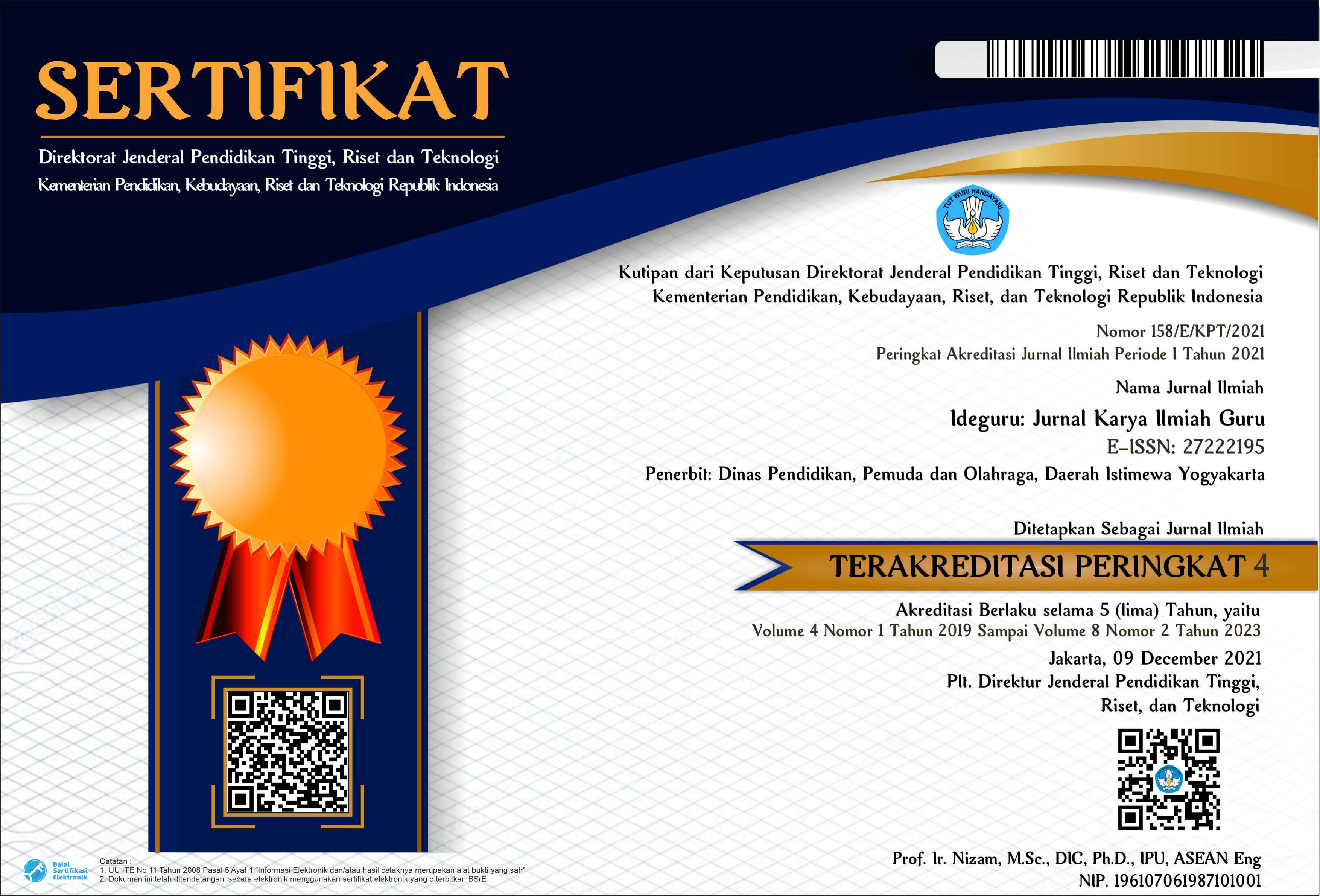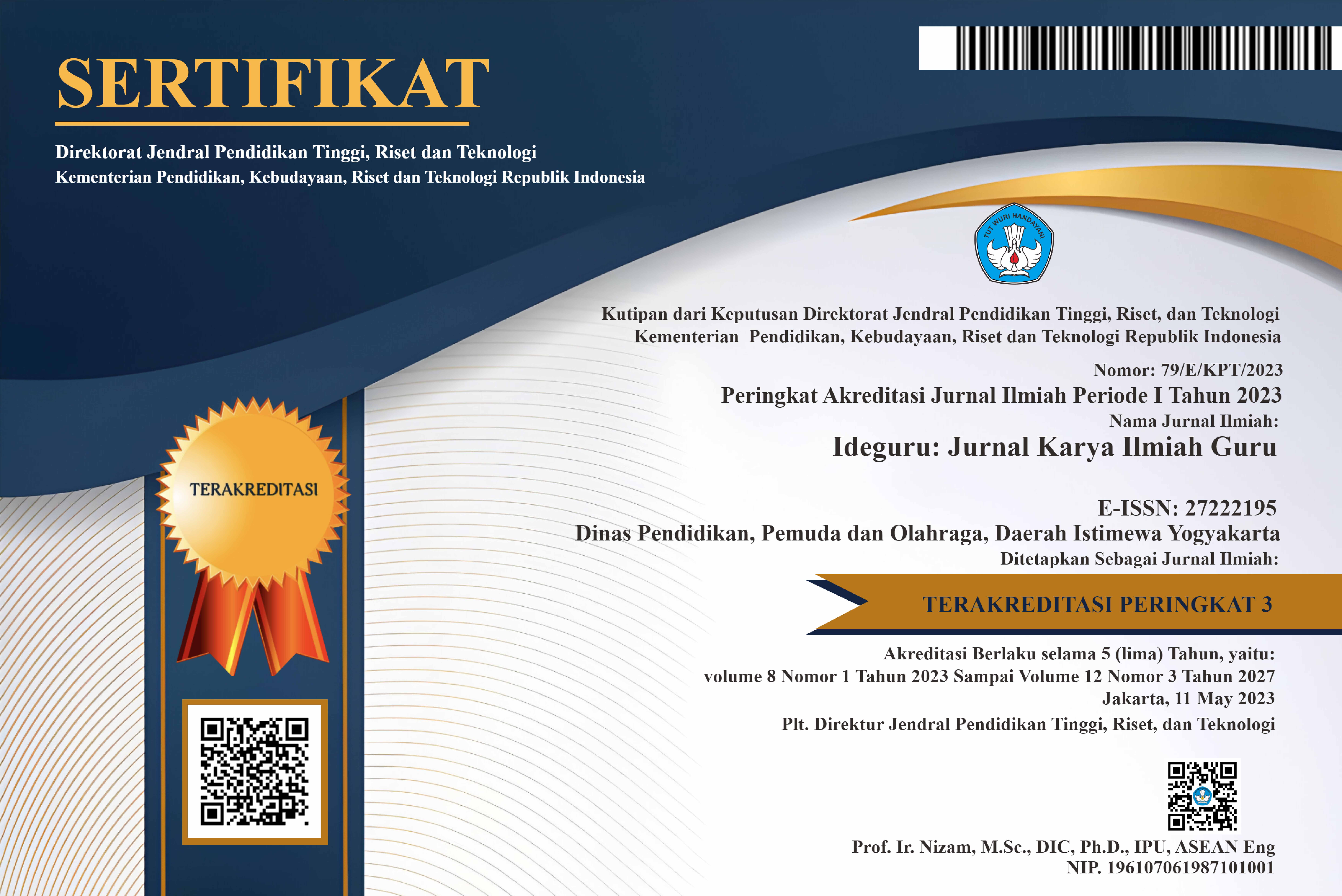Enhancing Student Creativity in Applied Physics through RO Filter and Heating Filament Learning Media Development
Abstract
Applied physics courses require students to produce applied products. In theory, this course teaches students to use and apply physics knowledge in a practical physics product. However, students have low creativity, so students' outcomes and ideas are limited. it is necessary to have a learning media that is beneficial to society in the current situation, and this media must be able to change and enhance student creativity so that, in the end, it also improves student learning outcomes. One learning media that will be developed is an RO filter combined with heating filaments. The development of RO filters is based on the problem of the quality of drinking water in the community. This research is a Research and Development. Development research time for eight months. The subjects of this study were physics education students who were programming applied physics courses. The changes measured are the validation values of learning media development from expert respondents to increase student creativity it is measured through a creativity questionnaire.. The results of this study indicate that the development of this media has succeeded in increasing students' creativity. In conclusion, the use of this innovative learning media is not only useful in improving students' understanding of applied physics, but also provides a positive contribution to the quality of drinking water in the community.
PDF Downloads
Copyright (c) 2024 Muhammad Zaky, Ketut Alit Adi Untara, Miftah Miftah, Ashari Ashari, Brian Muhammad Larate

This work is licensed under a Creative Commons Attribution 4.0 International License.

 DOI:
DOI:














